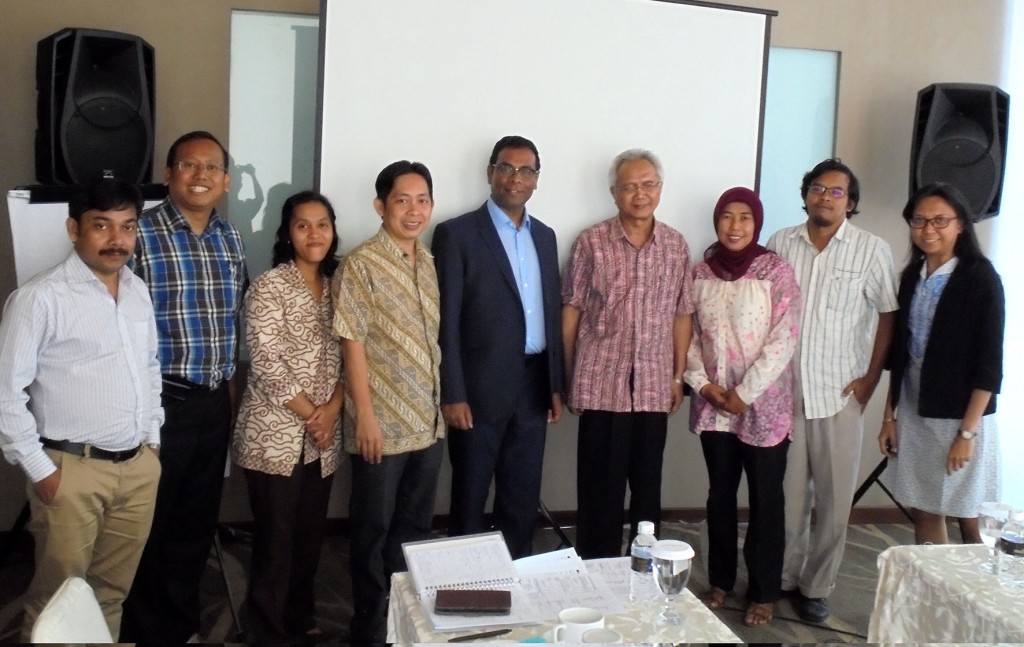Epidemiological Study on Childhood Blindness in Indonesia
The aim of this study of severely visually impaired of blind children is to identify the main anatomical site and underlying aetiology of blindness; to identify all preventable and treatable causes (i.e. avoidable causes) and to explore variation by socio-demographic variables.
This study will provide epidemiological data on childhood blindness where there is no recent data available, for a large population country where blindness is known to be a major public health problem but no data available on childhood blindness, which is required to plan control strategies.
Research Protocol
This study will strictly follow an international protocol to study childhood blindness. This protocol was developed by WHO and subsequently has been used in many developing countries. We have first hand experience of using this protocol in a similar large-scale study on childhood blindness in Bangladesh. Case ascertainment for this study will be done using the Key Informant Method (KIM). KIM has been developed and used in epidemiological studies of childhood blindness in Bangladesh, Iran, India, Malawi, China and other developing countries in Asia and Africa. KIM utilises and trains local volunteers in case detection of blind children.
Recruitment of participants
Children (aged between 0-15 years old) with severe visual impairment/ blindness will be selected from Sumba Island and Surabaya district of Indonesia. We will identify children using the following methods:
- Visits to special schools: all of the schools for blind children in Surabaya district and Sumba Island, Indonesia will be visited and the eyes of children examined by a pediatric trained ophthalmologist for this study.
- Visits to community-based rehabilitation (CBR) programs and other services: we will establish contact with all programs and services operating in the study area and conduct eye examinations of children with vision impairments/ blindness.
- Key Informant Method (KIM): We will provide training to key informants (community volunteers) on how to identify and refer children with suspected vision impairments/ blindness in their locality to our assessment locations. Key informants will include government health workers, NGO staff, teachers, youth volunteers, relitious leaders and community leaders.
All children identified will be examined using the WHO protocol to examine and record the eye examination data for children with blindness and low vision.


